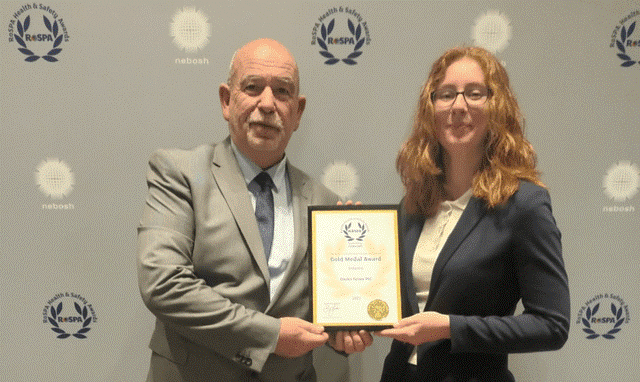Investigating the different ways the air cargo industry can reduce their carbon emissions
Every industry has a strong focus on their carbon emissions. Targets and goals to do with scaling down their carbon emissions, investing in technology to do so and racing to net zero. It’s the topic on everyone’s lips, and rightly so. It’s no wonder that everyone is concerned about carbon emissions, with news about the planet dying constantly on the news, across the world many countries have just seen the driest summer in a lifetime and there were more wildfires than ever before. It’s time to act before it’s too late. We all have a part to play in ensuring the longevity of the planet we live on, and if reducing carbon emissions is the price to pay, a very small one at that, then so be it!
The massive drive towards reducing carbon emissions has lead to some huge technological advancements in many industries. Not only is the race to net zero a good initiative for the planet, but also enables and encourages technological advancements in fields that may not have happened for years otherwise. While the constant reminder of the planet dying and how urgent change is can be discouraging, the positives that are coming out of the situation are worth so much.
By 2050, freight transport is expected to grow by 100%. A study conducted by the European Parliament predicts that if we continue on the current trajectory without intervention, by 2050, aviation will be responsible for 22% of all global carbon emissions. Although there is good news. Currently air transport as a whole represents only 2% of global carbon emissions, and air cargo compares favourably in comparison to other transport modes, such as maritime shipping, which accounts for 4% of global carbon emissions.
There is a desire amongst the air freight supply chain to be greener and more sustainable. This includes efforts on transparency with the measurement of air cargo footprint, concrete actions to reduce fuel consumption by reducing weight on board (going paperless, investing in lightweight ULDs), as well as larger strategies to modernise fleets, use biofuels and increasing efficiency in cargo operations.
Changing practices
The drive towards a greener planet starts small, with the individual and few companies wanting to make a difference, to then move on to actual schemes and rulings by governing bodies that regulate sectors. These regulations that get put in place are so important in ensuring that everyone is pulling their weight. After all, if only a handful of companies or industries are making positive changes, it isn’t very effective in the grand scheme of things.
Launched in 2021, CORSIA (Carbon Offsetting and Reduction Scheme for International Aviation), has big ambitions for the sector. The initiative covers 191 countries, all committed to reducing their carbon emissions in international flights. From January 2019, all airlines flying international routes were required to monitor and verify their carbon emissions, and from 2021 they were required to take action to meet the emission cap that was put in place.
The options CORSIA offers for reducing emissions are: flying more efficient aircrafts, using better technology to set more efficient flights paths and cut delays, switching to lower carbon fuels, and investing in off-setting emissions initiatives, either within or outside of the aviation industry. By investing in one, or more, of these measures, airlines around the globe can meet the carbon emissions cap set by the policy.
The Recommended Practice is the global standard to measure air cargo carbon footprint at shipment level, it is also recognised as the reference methodology for air cargo by the Global Logistics Emissions Council (GLEC) in their framework for logistics emissions calculation methodologies.
Carbon offsetting
Carbon offsetting is an innovative way for companies to achieve carbon neutrality. Carbon offsetting schemes allow companies to compensate for their carbon footprint by investing in environmental schemes or projects around the world that counteract their carbon emissions. These schemes could be anything from forestry and conservation, to funding renewable energy, to supporting community projects in underdeveloped countries. ..
To read the rest of this exclusive feature, see our latest issue here
Never miss a story… Follow us on:
![]() International Trade Magazine
International Trade Magazine
![]() @itm_magazine
@itm_magazine
![]() @intrademagazine
@intrademagazine
Media Contact
Anna Wood
Editor, International Trade Magazine
Tel: +44 (0) 1622 823 922
Email: editor@intrademagazine.com





